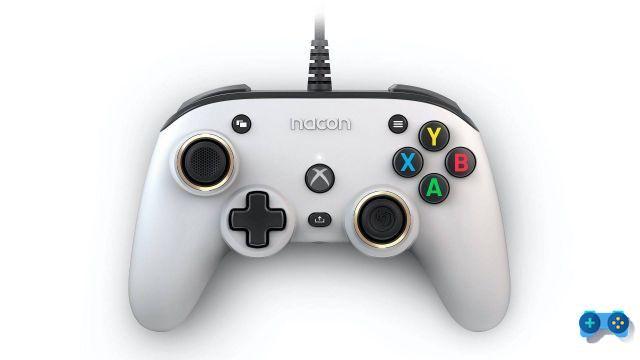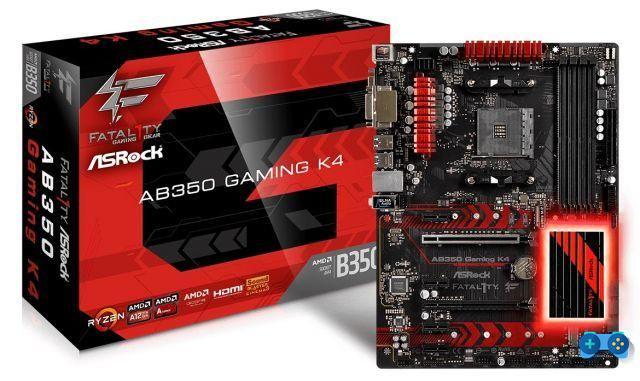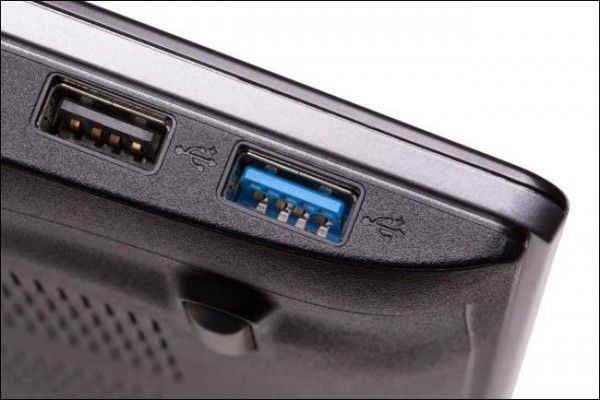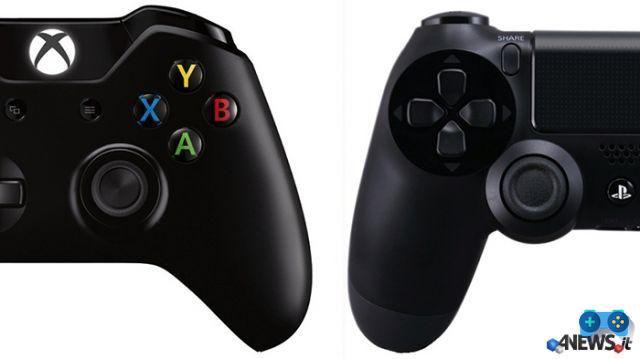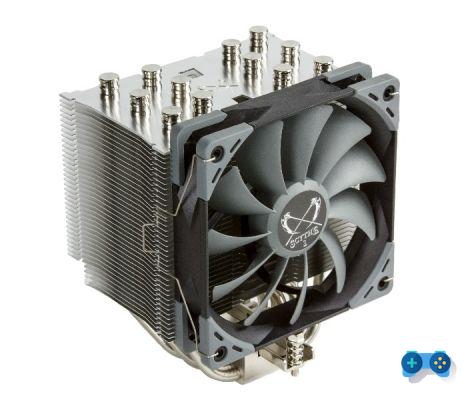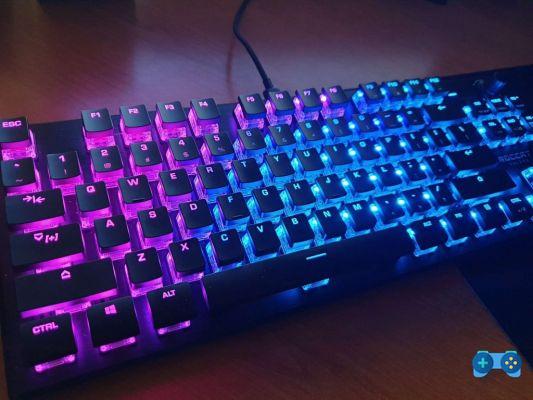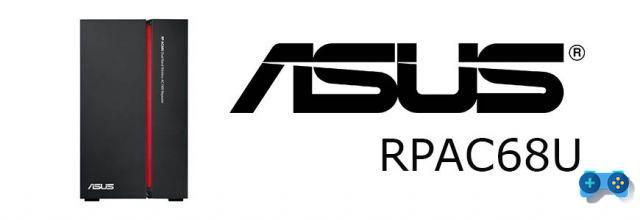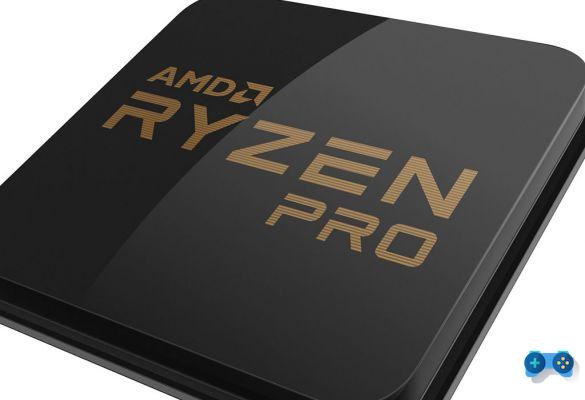For those who have to buy a new computer there is often a problem: which processor to choose between the two currently best on the market Intel o AMD?. The choice is very important since the CPU processor is the central processing unit that reads and executes each program instruction and for each computer and notebook it is the fundamental component.
With the launch of the fourth generation processors: Intel Core i3, Intel Core i5, Intel Core i7, Intel has managed over time to dominate the market by reaching very high levels of performance and ensuring high processing speeds with significant savings in energy consumption, theAMDInstead, it maintains its market share in the low-priced processor range and delivers basic performance with optimal, cost-effective processors.
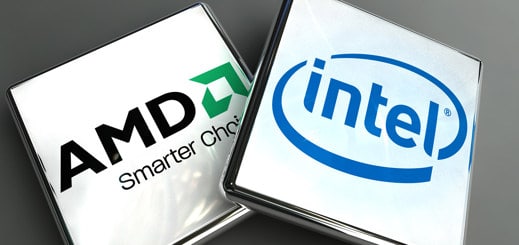
Intel processors
They are classified into three ranges: high-end, mid-range, low-end.
1. The high-end consists of three processors: Intel Core i3, Intel Core i5, Intel Core i7.
It is a new architecture inspired by the previous Core 2 Duo “Core” with differences regarding: new socket, new cache hierarchy, new chipset, presence of integrated video subsystem, technology Turbo Boost (the processor core automatically runs faster than the indicated frequency), technology Hyper-Therading (runs multiple threads at the same time and uses the instructions of the individual threads to keep the processing units always operational).
The Intel Core i3 belongs to the x86 series of microprocessors (they are 64-bit) and appeared on the market in 2010. Very similar to the Intel Core i5, presented in 2009, the two processors however have some differences:
- The Core i3s are available in dual core versions, while the Core i5s feature both 2 and 4 core processors.
- All Core i3 processors have the integrated video subsystem, while in the Core i5, only the dual core versions will have it.
- The Core i3s don't have Turbo Boost technology.
The Intel Core i3 are intended for both the desktop and mobile sectors even if the cores on which the respective versions will be based will be different.
The fourth generation Intel Core i7 together with the Core i7 Extreme are very similar in technical characteristics to the two Core i3 and i5 and are used for the higher end of the market. They're high-performance processors that deliver brilliant visuals, amazing battery life, and built-in security features and power to play, create, and enjoy.
Compared to the Core i5s, the Core i7s have the integrated GPU, an integrated 3-channel and not 2-channel RAM memory controller like the Core i5s and the presence of a new serial bus: Intel QuickPath Interconnect (QPI). The integrated video subsystem is not available in the iCore i7 range.
Intel Cores are also used by Apple for its devices.
2. The mid-range consists of Intel Core Duo 2 e Intel Premium Dual Core.
The Intel Core 2 Duo are 86th generation xXNUMX microprocessors dual core 64-bit, essentially two processor cores working in parallel in a Core 2 Duo. Successor of the Core Duo, there are two versions: one for notebooks and one for desktop which, however, are always based on the same processor but with the difference that the notebook version has a lower voltage and 20% lower performance than the desktop. The Intel Core 2 Duo enables good performance for multimedia and games.
- Intel Premium Dual Core, which arrived on the market in 2007, are based on the Conroe-L core, processors based on a version of the core of the Core 2 Duo. Based on Core micro-architecture, they offer good processing efficiency.
3. The low end consists of Intel Centrino, Intel Centrino Duo e Intel Atom.
- Intel Centrino and Intel Centrino duos, developed especially for notebooks, they are based on three key components: CPU, Chipset, Wireless Card and having been designed for use in the mobile environment, they have the right balance between performance and consumption.
- Intel Atom are X86 microprocessors developed for ultra-portable and budget-range desktop devices. It is a small CPU family with low consumption.
AMD processors
They are classified into three ranges: high-end, mid-range, low-end.
1. The high-end consists of three processors: AMD Phenom II X6, AMD Phenom II X4, Phenom II X2.
A valid alternative to Intel Core i7 processors, theADM Phenom II X6 he is also an a processor 6 core with very high clock frequency. 3,2 GHz versus 3,3 GHz on the Intel i7. Platforms, on the other hand, are sockets 1366 LGA for Intel CPU e socket AM3 for AMD.
- AMD Phenom II X4 they are quad-core processors great for using advanced applications and for multimedia.
- AMD Phenom II X2 are dual core processors that offer high overclocking performance at very reasonable prices.
2. The mid-range consists of processors: AMD Phenom II X3, AMD Turion II and AMD Turion Ultra II.
The AMD Phenom II X3, AMD Turion II and AMD Turion Ultra II are mid-range dual core processors developed for budget laptops with ideal quality / price ratio for those who intend to make a multimedia use of the computer.
3. The low end consists of AMD Sempron, AMD Athlon Neo and AMD Athlon X2 Neo
Integrated with the ATI graphics card, these are very inexpensive processors suitable for low-priced desktops and laptops and used for surfing the internet or working with e-mail.
In September 2014 theAMD, the Sunnyvale company, released i FX series processors to cover the medium and medium / high range.
The AMD FX series features four product lines: FX 4000 (Quad-core), FX 6000 (Esa-Core), FX 8000 ed FX 9000 (Octa-Core). The latter are top of the range with operating frequencies that touch 5 GHz and TDP of 220 Watts and the most interesting models are: FX-8370, FX-8370E ed FX8320E (the differences are in the overlclocking capability).
Conclusions
However, these are two very good processors and making a choice is very difficult, the Intel fits perfectly into the world of Gaming even though it has processors with fewer cores and lower frequencies, theAMD is most famous for overclock; in conclusion, these are minimal performance differences that only a great expert could realize.
Also take a look at: The best motherboards compatible with AMD and Intel processors





